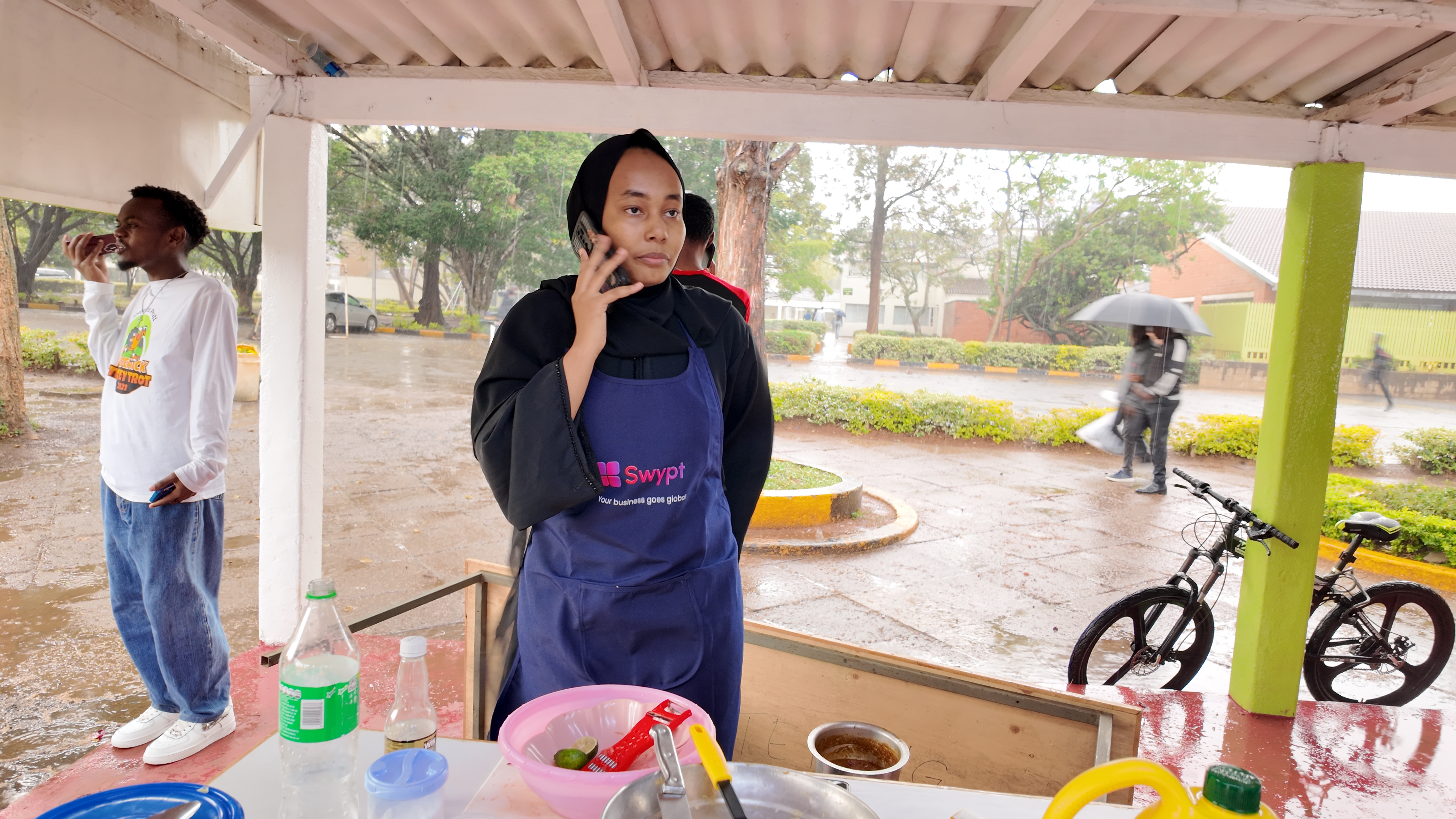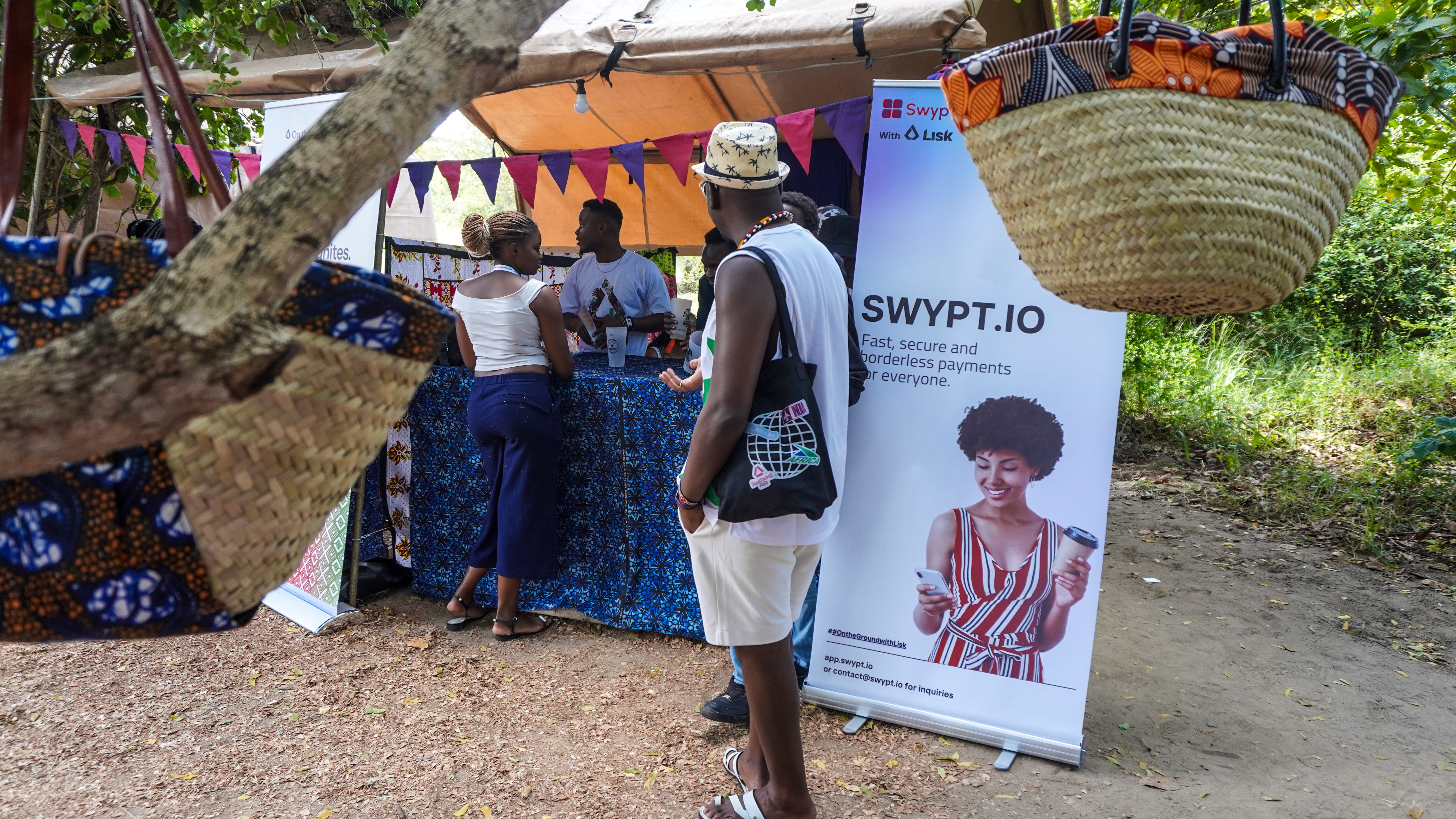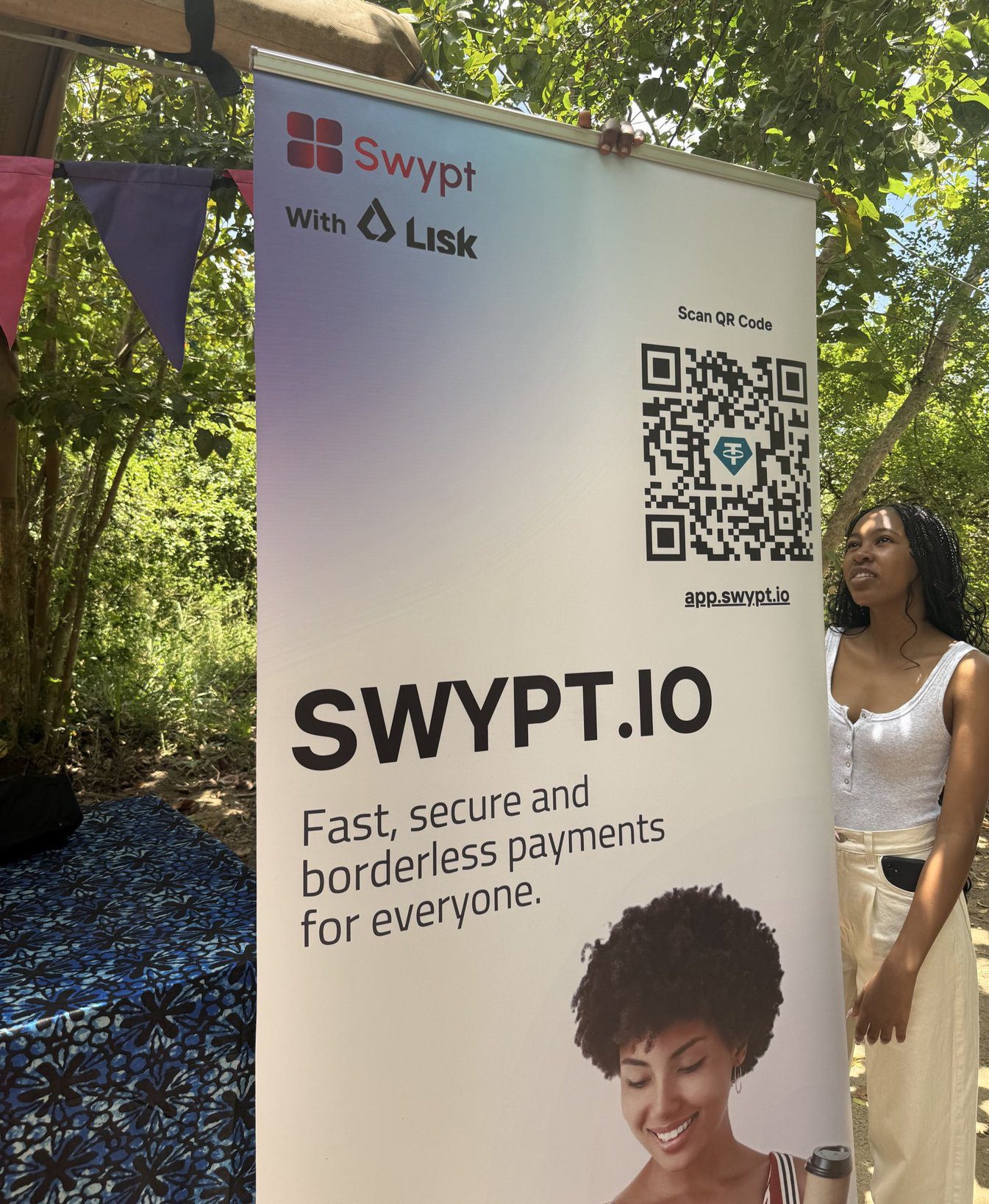When Steven Gachanja, co-founder of Swypt, talks about how the Kenyan payment platform reached $3.5 million in transaction volume, he doesn’t mention advertising budgets or viral marketing campaigns. Instead, he talks about matatus, street vendors, and community meetups.
“We chose to have a community-based approach to our go-to-market,” Gachanja explains. “What this means is that we focused on building a tribe around our product. We have been building a tribe with individuals who are believers in our product to push the product together.“
Swypt, a stablecoin-powered payment platform headquartered in Nairobi, has quietly assembled an impressive merchant network across Kenya.
The company enables businesses to accept payments in local currency while automatically converting funds to USDT, giving small business owners access to cross-border settlement capabilities previously reserved for enterprises with sophisticated treasury operations.

Read also: Hawala raises $3m to launch its app and power financial infrastructure across MENA
Swypt’s grassroots playbook
The company’s approach to growth defies conventional startup wisdom. Rather than chasing rapid user acquisition through paid channels, Swypt went door to door, street by street.
“It began as a very slow growth because we weren’t doing big ads per se, but over time, with community meetups, community engagement in the grassroots, and holding small value-add sessions with different merchants,” Gachanja says. “And this could go very low in the grassroots level, as far as people who are selling the most basic of items that are in shops. And transportation, you know, like matatus.”
For those unfamiliar with East African transport, matatus are the privately owned minibuses that form the backbone of Nairobi’s public transit system. Swypt’s decision to target matatu operators alongside retail merchants reflects its culture-centric design philosophy.
Swypt’s journey to its current product wasn’t straightforward. The company initially launched a decentralised application allowing users to convert between USDT and Kenyan shillings. The hypothesis was simple: find the Kenyans already holding stablecoins and give them an easy way to spend them.
Reality proved more complicated. “In the course of the many months we engaged with different users, we realised that the target customers that we are looking for, the majority of them, do not hold stablecoins,” Gachanja admits. “The people who hold stablecoins are in the bracket of enterprise-level.“
This insight forced a pivot. Rather than selling crypto payments to merchants, Swypt built a point-of-sale system that lets businesses accept mobile money while receiving settlements in stablecoins.
The merchant’s wallet converts incoming Kenyan shilling payments to USDT automatically, creating stablecoin adoption without requiring merchants to understand blockchain technology.
“We aren’t telling you to receive payments in USDT because we have very few Kenyans holding USDT,” Gachanja explains. “But receive it in fiat. For every transaction you receive via mobile money, it gets converted to USDT.”
The beauty of this approach is that it creates immediate utility. Merchants who receive payments in USDT can then make cross-border payments instantly, a capability that’s particularly valuable for importers dealing with suppliers in China and elsewhere.


“We can see users that uniquely use our product to make payments to China within the same day, which otherwise sometimes would have been difficult,” Gachanja notes. “From Kenya shillings to USDT, as long as the person on the other end is willing to accept USDT, then payment is actually very possible within 30 seconds.”
Read also: Angolan mobility startup Anda raises $3.4M to empower motorcycle riders
Culture-centric design
When asked how Swypt balances innovation with simplicity for merchants who just want payments to work, Gachanja returns to a core principle: cultural context matters more than technical elegance.
“At the very core, Swypt was built in a very culture-centric way. The features we built and how we build them, and the approach towards how we do our design thinking to actually get those features tested and piloted, are built in a manner that is culture-centric,” he says.


This means acknowledging an uncomfortable truth: “99% of merchants in Kenya have no idea what a stablecoin is.“
Rather than trying to educate the market on cryptocurrency, Swypt abstracts away the complexity. Merchants see familiar mobile money flows. The blockchain infrastructure operates invisibly in the background. For those who do understand stablecoins, Swypt offers the flexibility to accept USDT directly.
“That’s why I think we have had that organic growth. Because we aren’t pushing a product as if you are in Silicon Valley. We are building for Africans,” Gachanja says.
Looking ahead, Swypt’s merchants are pushing the company toward solving one of the continent’s most persistent problems: intra-African trade. Moving money between African countries remains notoriously difficult, with capital controls, currency instability, and fragmented payment networks creating friction at every border.
“The number one thing we currently have users talking about is that they like to trade with not just the rest of the world flexibly, but also the rest of Africa flexibly,” Gachanja explains. “There are countries where moving USD out of those countries is extremely difficult.”
Kenya’s head start in mobile money adoption, thanks to M-Pesa’s dominance since 2007, provides a foundation for Swypt’s regional expansion plans. The challenge is connecting disparate mobile money networks across borders using stablecoins as the settlement layer.


“How can we get different mobile money users interacting amongst themselves across different mobile money networks powered by USDT?” Gachanja asks. “That’s what we are working on at the moment.”
The company is already fielding requests from merchants wanting to transact with counterparts in Mozambique, Angola, and South Africa. These are markets far removed from Kenya’s relatively mature digital payments ecosystem.
Read also: Enko Capital raises $100m to finance renewable energy and agro companies in Africa








